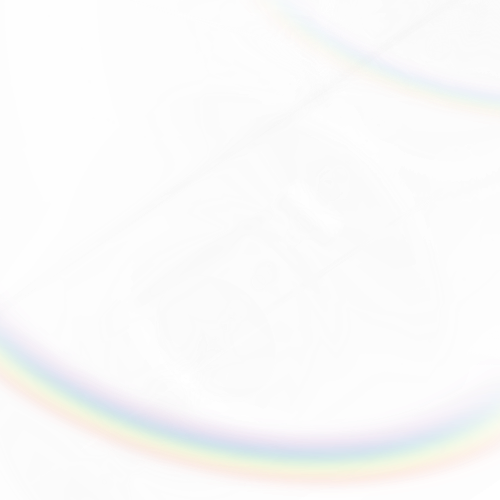Blue Interior Design: Best Shades, Color Pairings & Decorating Ideas
Pablo Picasso once said that "colors, like features, follow the changes of the emotions" - and he's right. Colors impact our mood, productivity, and ability to relax in a space. In interior design, colors are crucial - they tell the story of you and your apartment or house.
Thinking about decorating with blue? Blue interior design is one of the most timeless and versatile choices, bringing serenity, elegance, and depth to any space. It represents the natural world by mirroring the colors of the sea and sky and carries a sense of freshness with it. In fact, in Middle Eastern cultures, blue is the mark of 'goodness'. Whether you prefer navy, turquoise, or royal blue, this guide will help you choose the best blue color pairings, furniture, and decor ideas to elevate your home.
Best Blue Shades for Interior Design: Navy, Sky, Turquoise & More

There are 24 shades of blue to choose from, and ice, royal, indigo, and navy are the most commonly used in interior design. Nonetheless, a variety of different blue tones can be easily combined with other colors.
For a bold modern look, blue with a deep turquoise gives a regal aesthetic, while blue with splashes of green establishes an outdoors effect - perfect for spaces that don't receive much natural light or feel cramped. Green actually intensifies the calm look of a blue room, and when accentuated with a third color, can make small details pop even more.
As a general rule, blue is best with warm or energetic colors because it can quickly become dreary if placed alongside dull tones. A safe way to avoid this is to stick to a complete navy theme, which is best suited to office spaces, as it demonstrates professionalism (many offices use blue due to its neutral qualities).
How to Pair Blue with Other Colors for a Stylish Home

Similar to its color properties, blue is an ideal backdrop for objects and decorations. Try blending pale blue walls with white finishing like white furniture, white drapes, white throws, and white window frames. This pairing builds a nautical look that is timeless and appropriate even if you don't live near the beach!
In your bedroom, a French ambiance can be constructed by painting the walls a pastel blue, adding blue furniture, cream bedding, a chandelier (there are some available at reasonable prices), and black-framed images on the wall. Alternatively, functional primary colors like blue, red, and white go together well are a subtle nod to patriotism without being overbearing. In particular, blue and white floral patterns have a cool clashing effect when set among staple red pieces.
For a slightly more modern appearance, metallic blues against wooden textures complement one another really well and give a chic shimmer. Polished dark, wooden shelves, woodgrain desks, and woven baskets are very on-trend and a sleek way to update colder rooms.
For a modern look, see our Minimalist Interior Design Tips to learn how blue fits into a sleek, uncluttered aesthetic.
Creative Ways to Decorate with Blue in Every Room

Blue doesn't have to be just a serious color, it can be incorporated as a playful theme. For instance, in children's rooms, blue can create an underwater vibe, while it's an obvious fit in the bathroom for being associated with water.
If you're looking to experiment, Art Deco patterns like geometric shapes, zig-zags, and lavish ornamentation work well with blue to infuse a little energy into your designs. Likewise, gold and silver can elevate Art Deco styles for a classy, refined look that still has personality. For something more worldly and eclectic, blue alongside bright oranges and yellows is reminiscent of South American culture and a chance to show off your overseas purchases.
Thanks to blue's versatility, it's a popular color choice for home renovations. Unlike other colors such as red, blue prompts a mental reaction from people, not a physical one. That said, blue has the power to transform an area into cozy, welcoming, contemporary, cheerful, or simply bring a slice of the outdoors, indoors.
Ready to bring blue into your home design? With the DecorMatters app, you can visualize blue color palettes, experiment with furniture pairings, and create your dream space with confidence. Download DecorMatters today and start designing with ease!
UP NEXT: White Interior Design: Best Shades, Color Pairings & Decorating Ideas
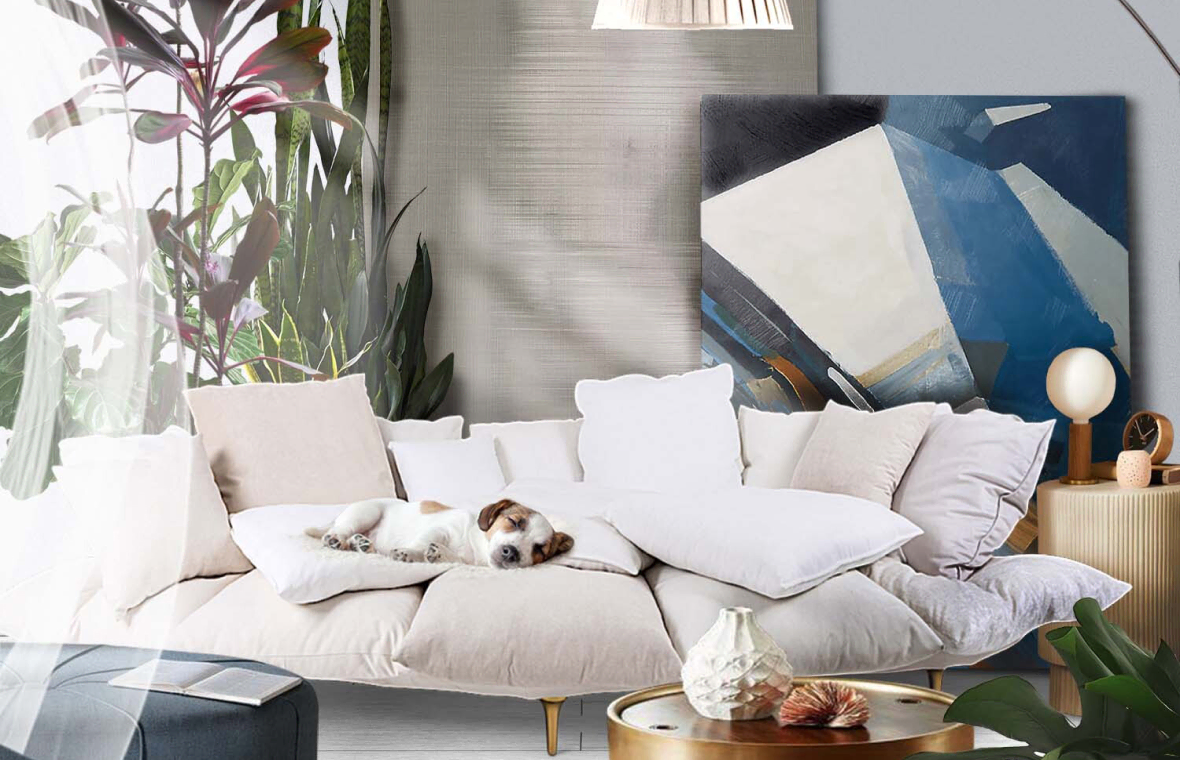
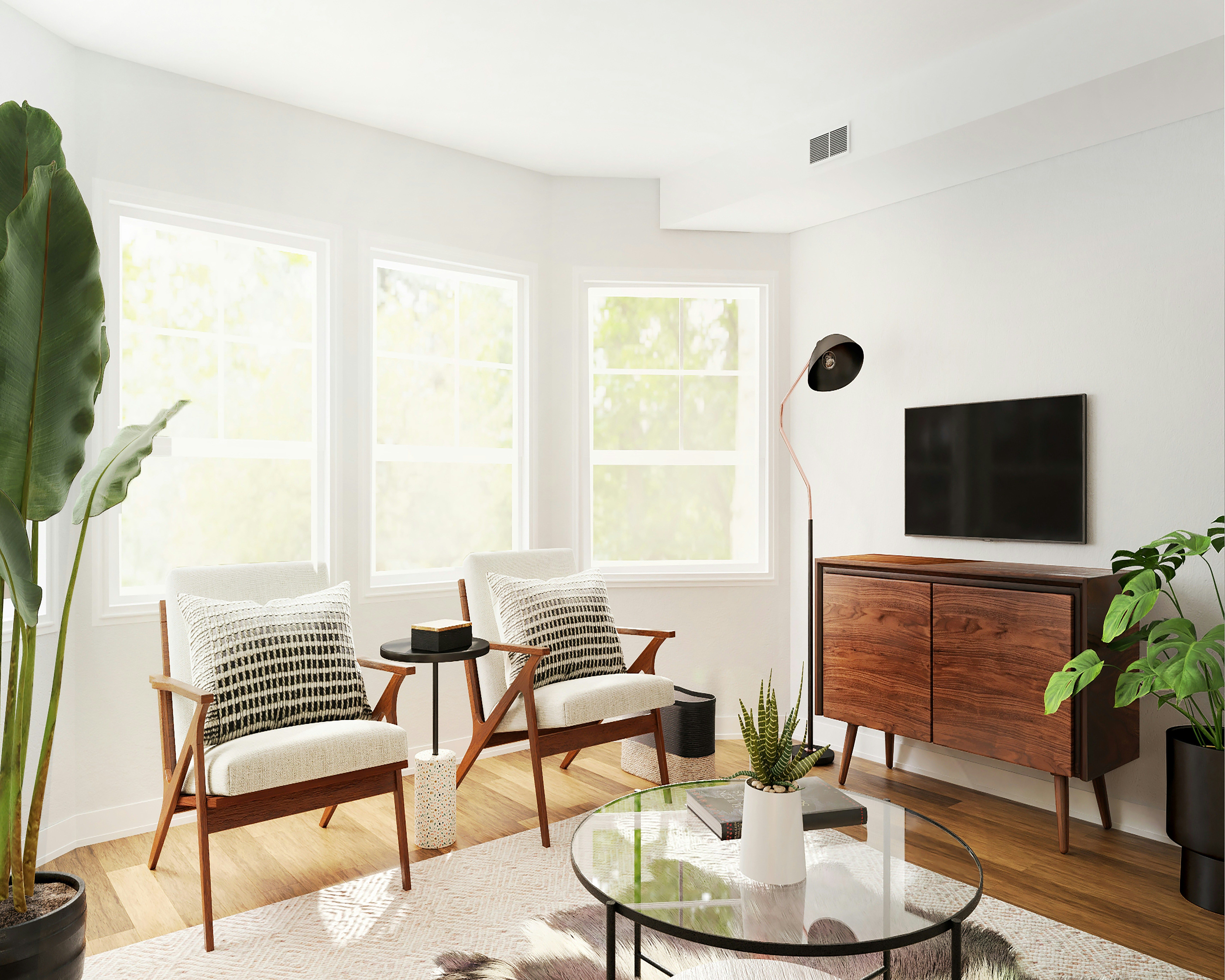
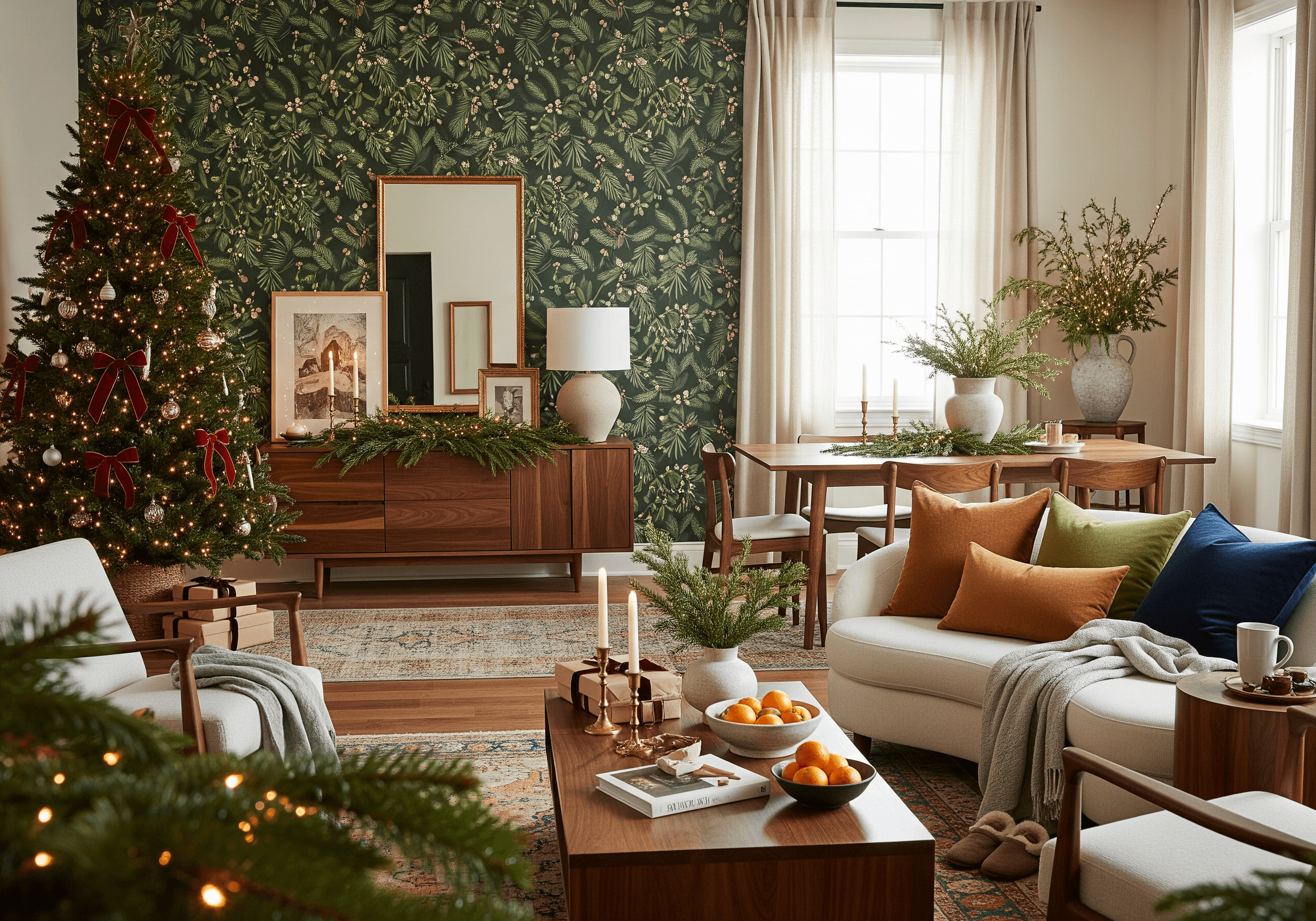
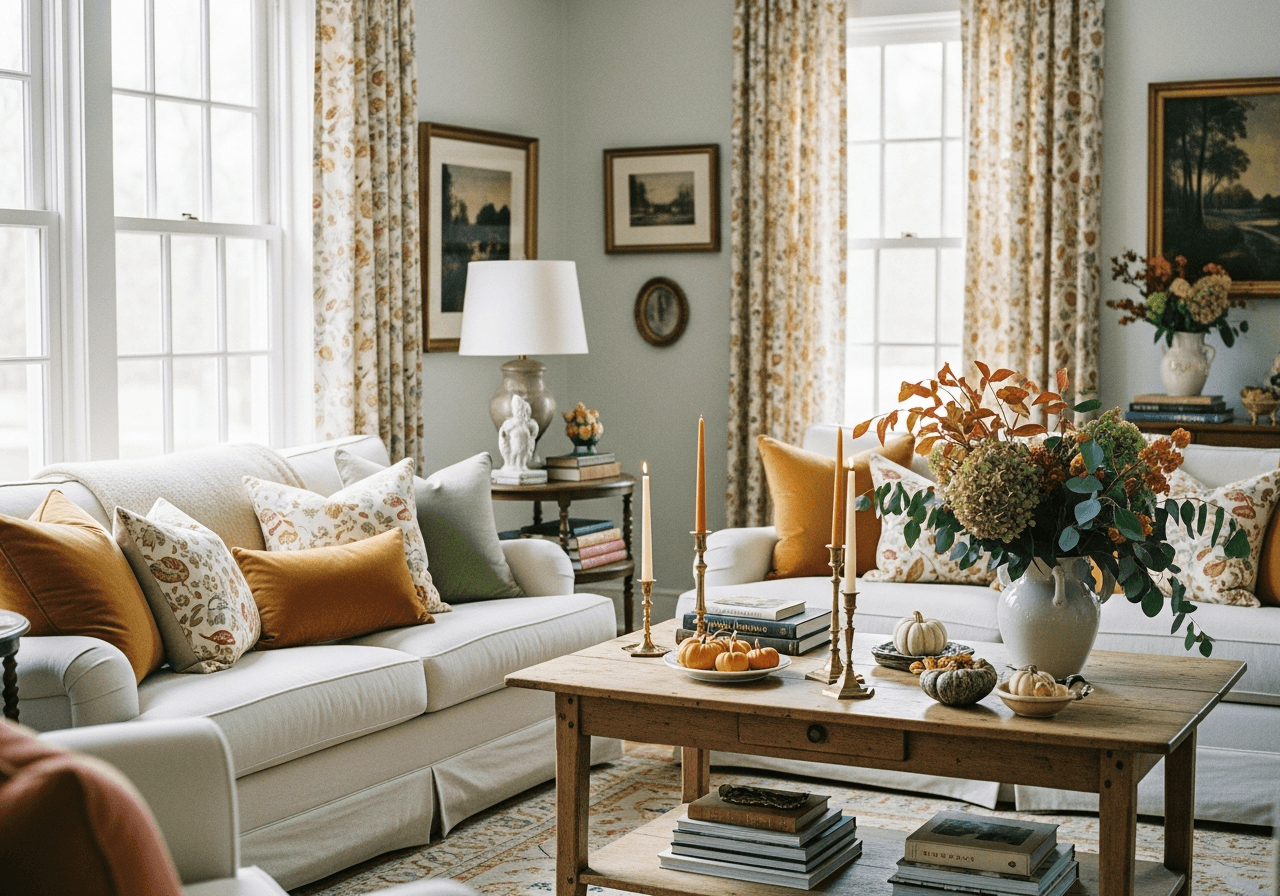
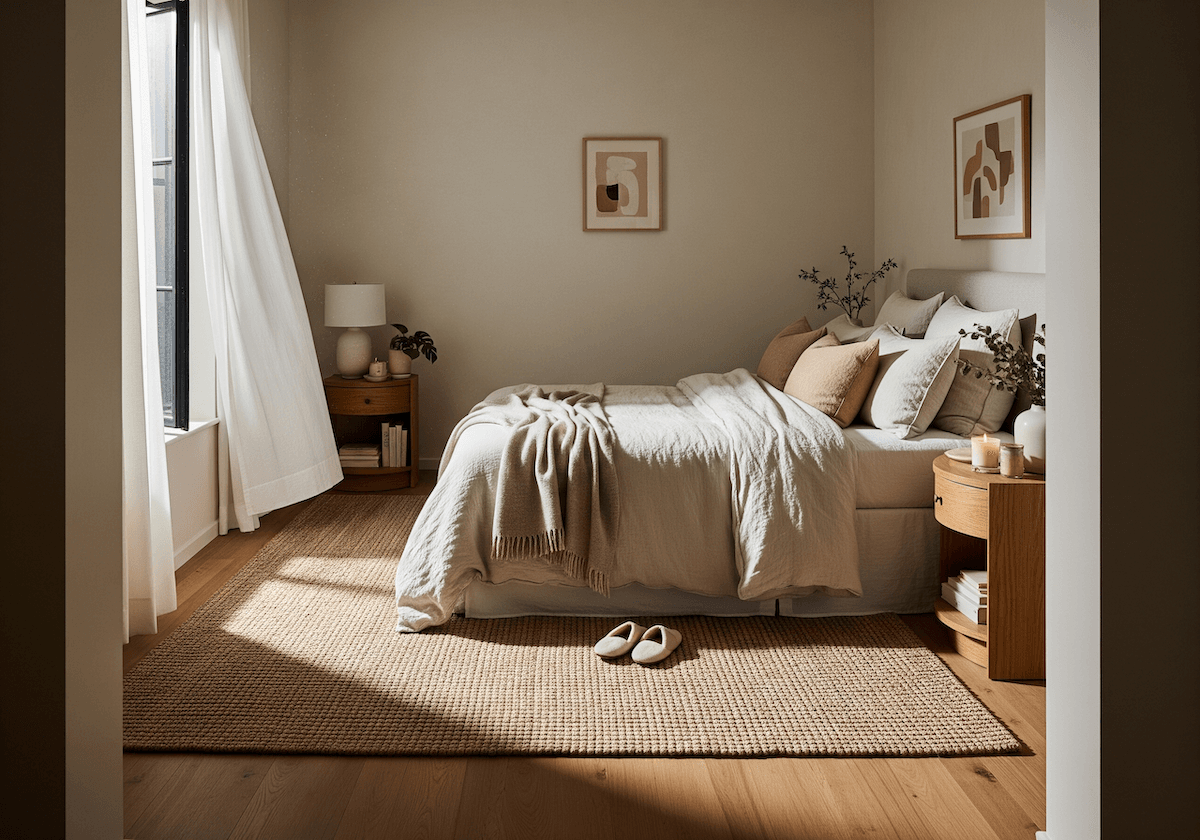

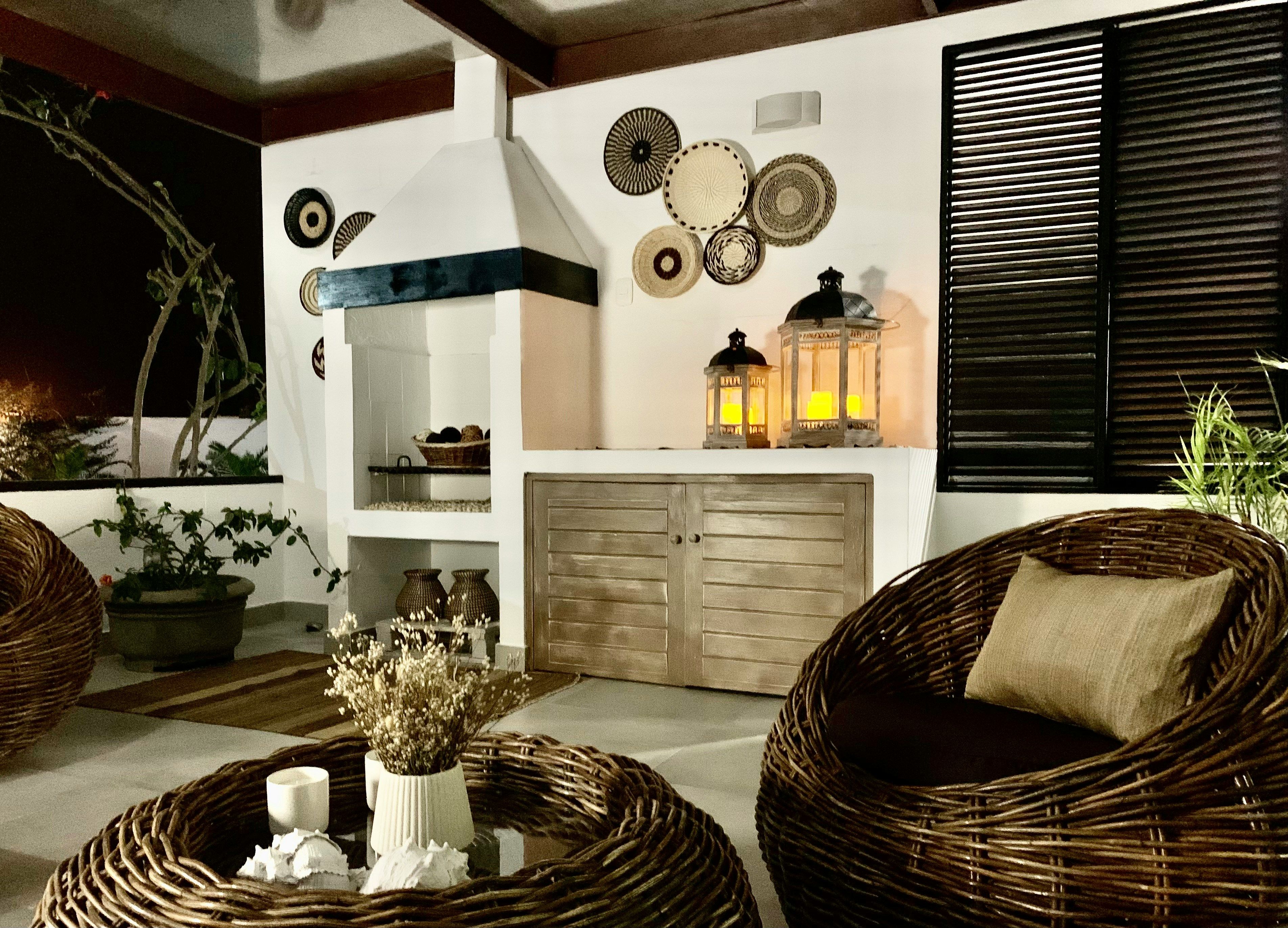


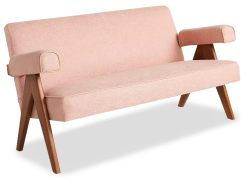

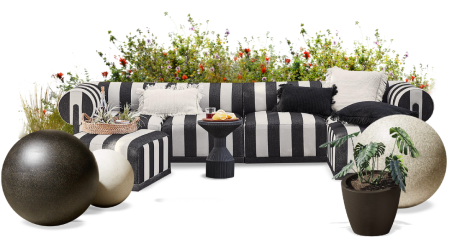
 20h left
20h left

